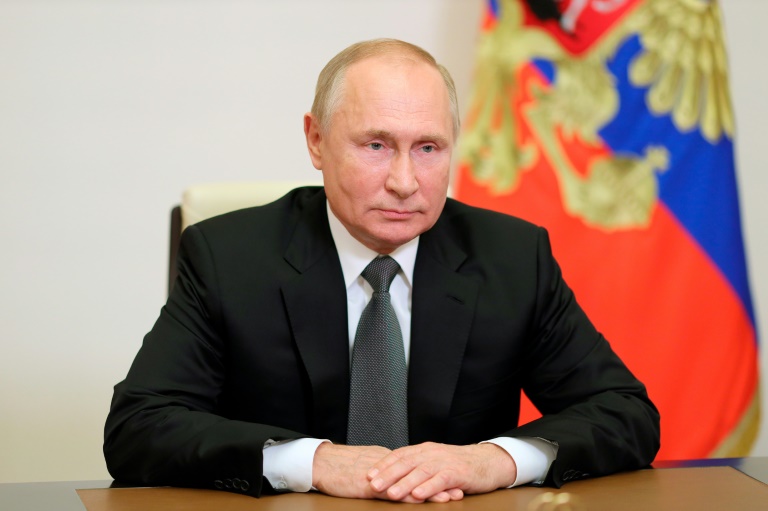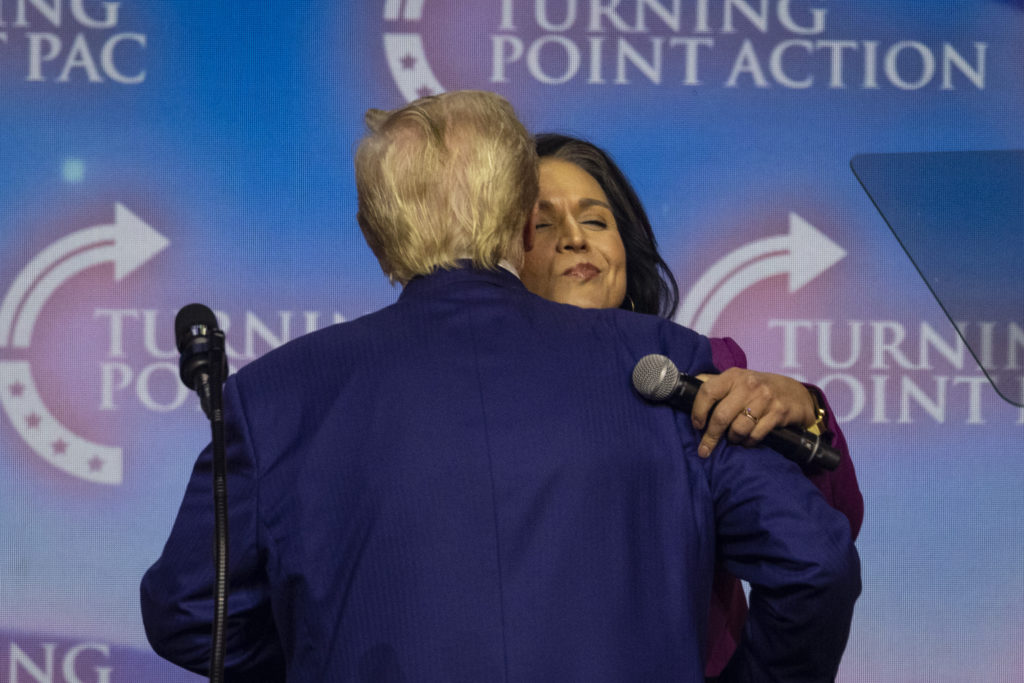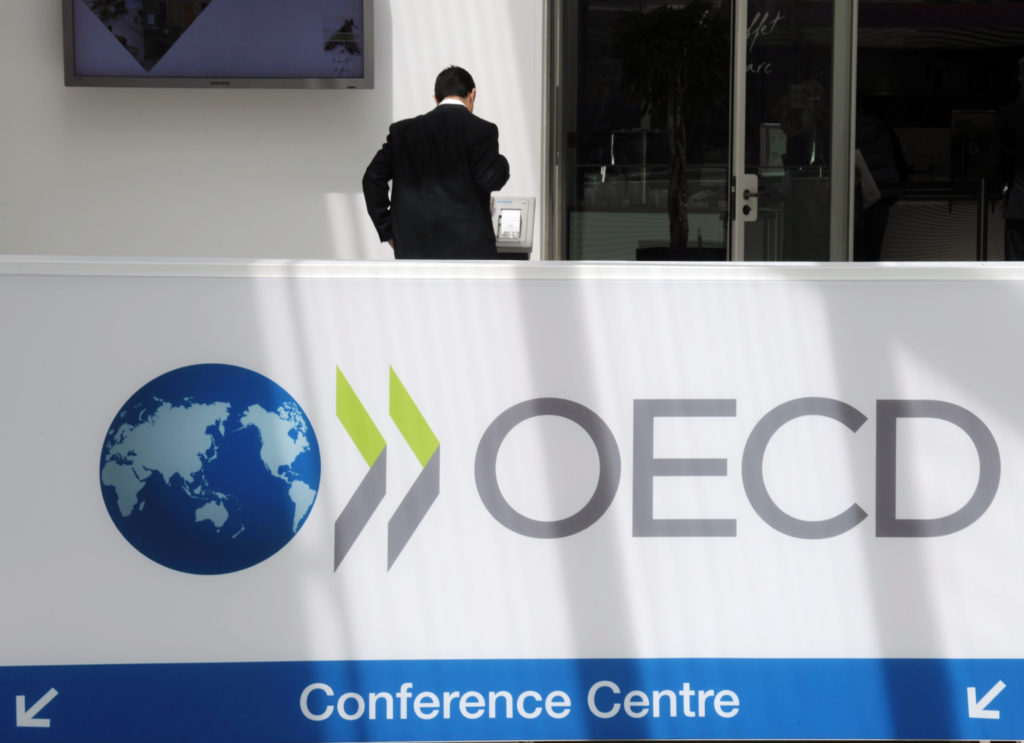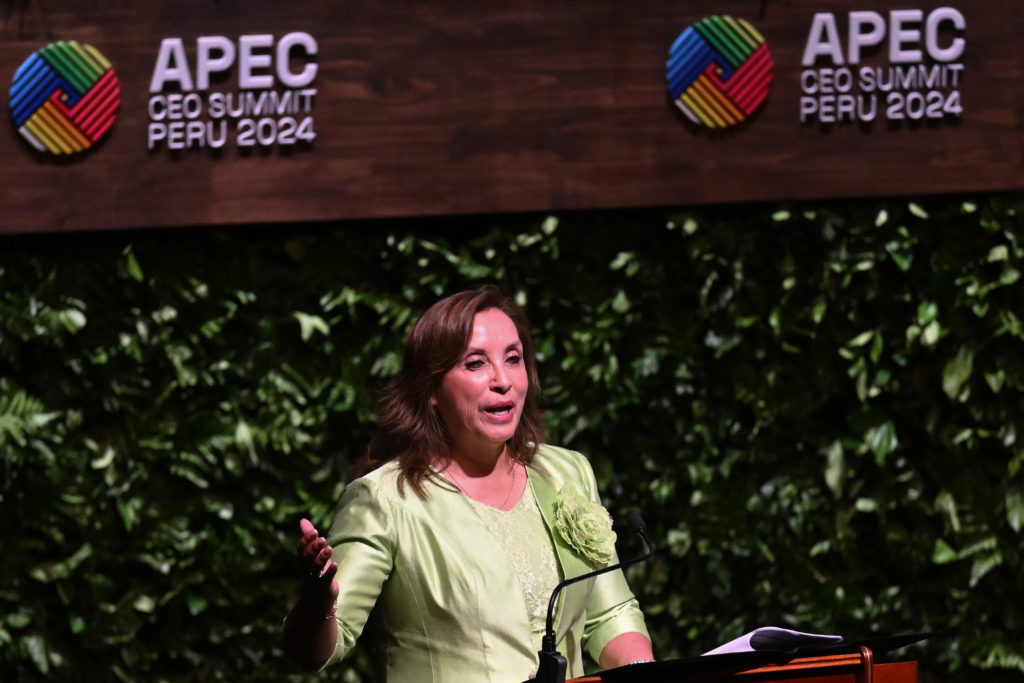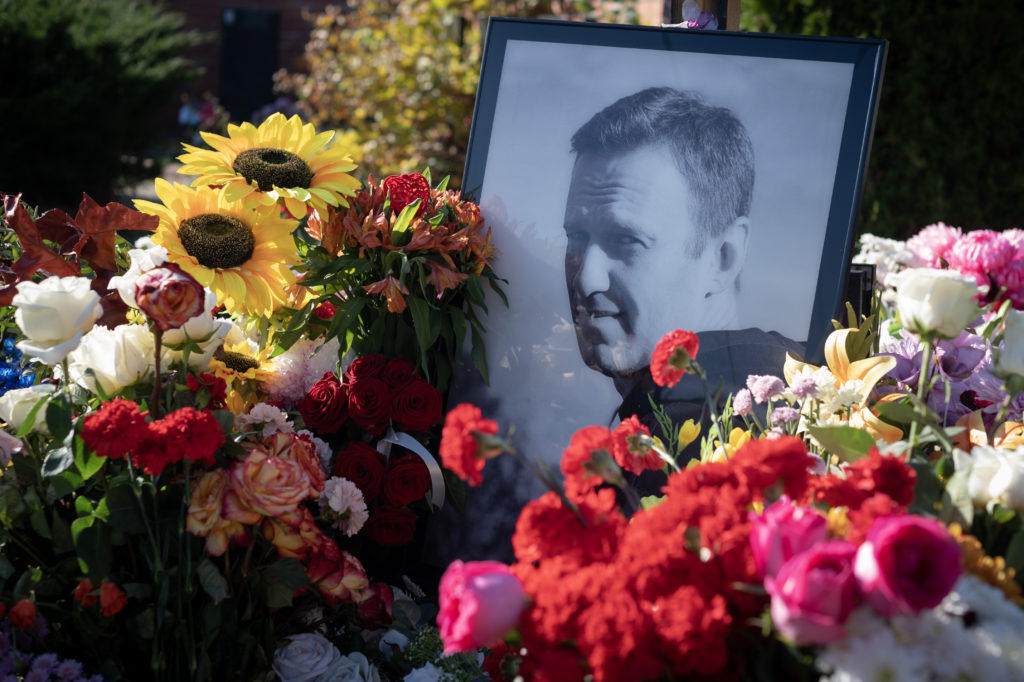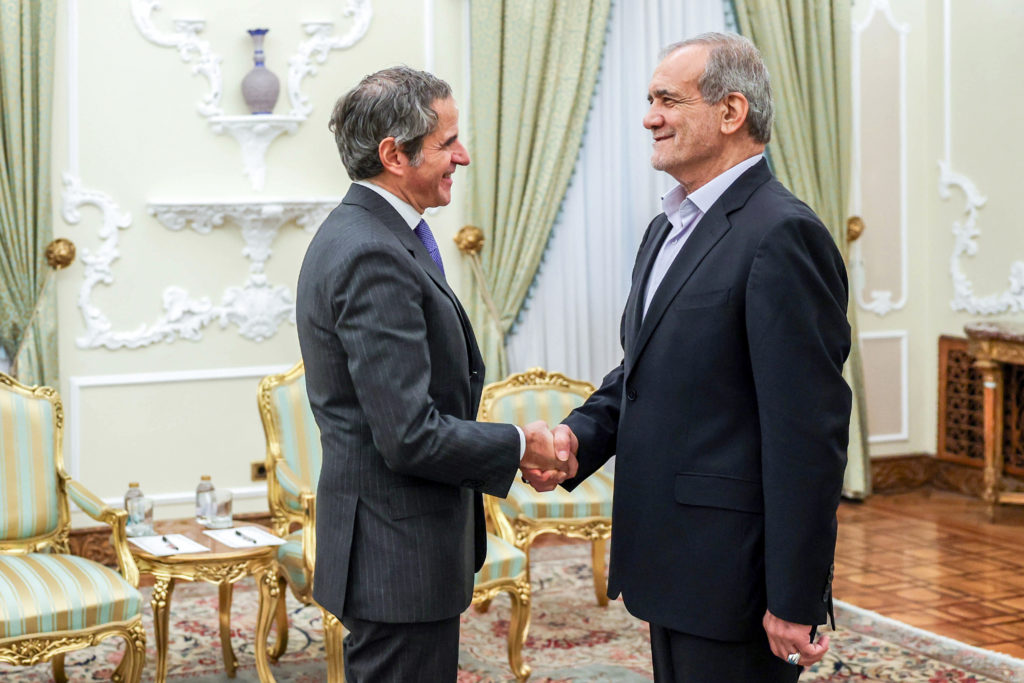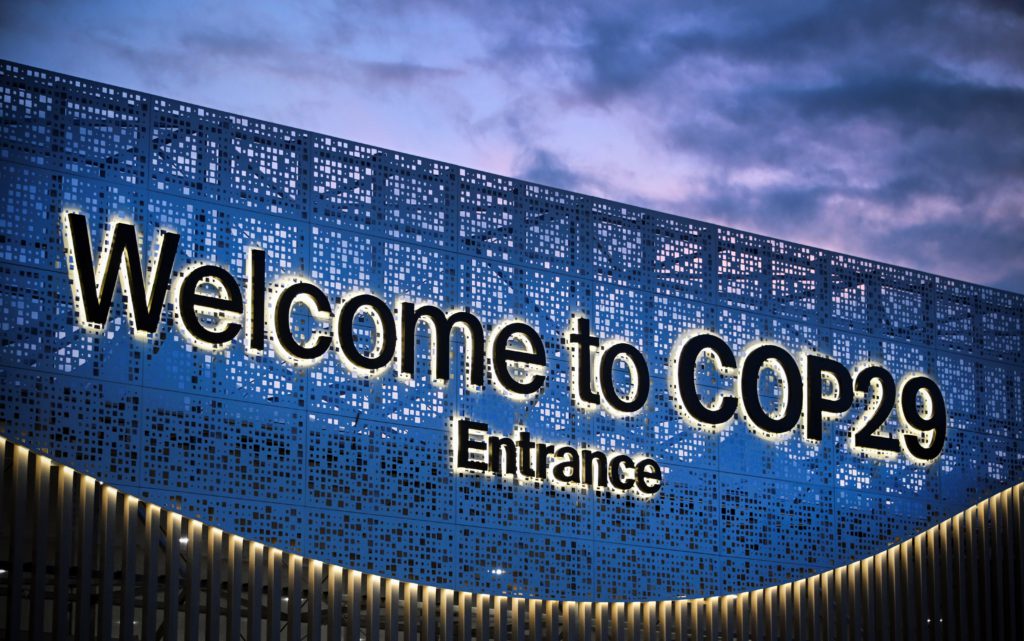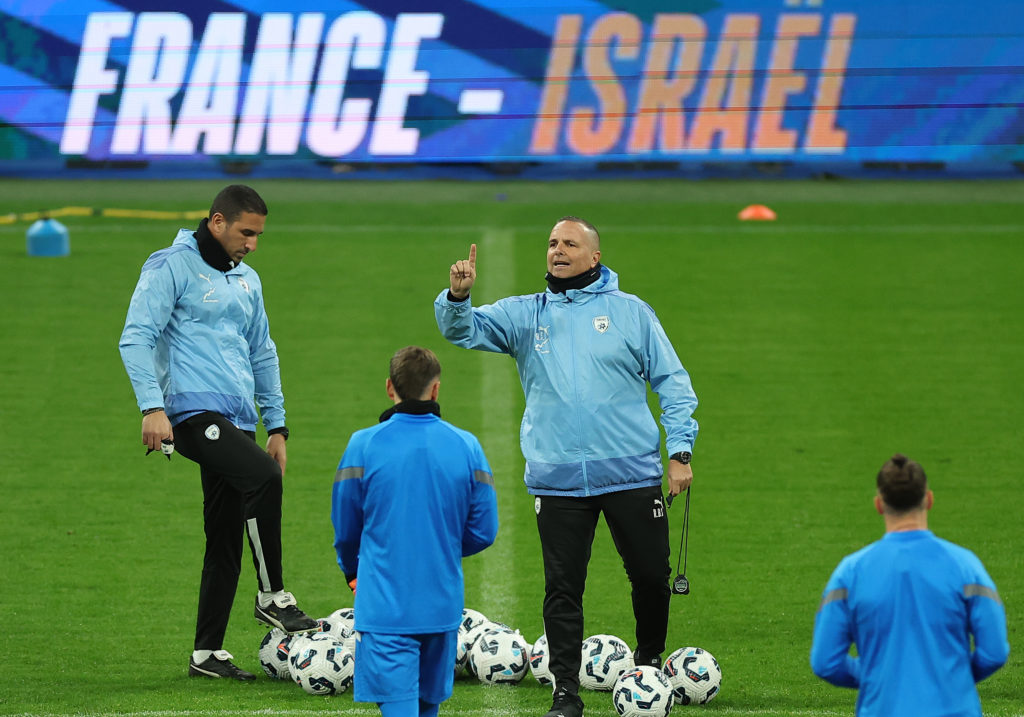Russian President Vladimir Putin will arrive in India on Monday for just his second overseas trip since the pandemic, seeking to bolster military and energy ties with a traditional ally being courted by Washington.
In its efforts to address a rising China, Washington has set up the QUAD security dialogue with India, Japan, and Australia, raising concerns in both Beijing and Moscow.
India was close to the Soviet Union during the Cold War, a relationship that has endured, with New Delhi calling it a “special and privileged strategic partnership”.
“The friendship between India and Russia has stood the test of time,” Modi told Putin at a virtual summit in September. “You have always been a great friend of India.”
It is only the Russian leader’s second trip abroad since the coronavirus pandemic began — he skipped both the G20 and COP26 summits this year — after a June summit with US President Joe Biden in Geneva.
“It’s hugely symbolic,” said Nandan Unnikrishnan from New Delhi-based Observer Research Foundation think tank.
“It’s indicative how they do not want the relationship to stagnate or slow down for want of something from the Russian side.”
But Putin has to contend with complex regional dynamics, with tensions mounting between India and Russia’s traditional ally China following deadly clashes in a disputed Himalayan region.
“Russia’s influence in the region is very limited,” said Tatiana Belousova of OP Jindal Global University in Haryana, “mostly because of its close ties with China and unwillingness to act in dissonance with the Chinese regional interests.”
– ‘Quite remarkable’ –
The Kremlin said last week the talks will be dominated by defence and energy issues, with the boss of Russian energy giant Rosneft, Igor Sechin, also travelling as a “number of important energy agreements” were on the table.
Russia has long been a key arms supplier to India, which is looking to modernise its armed forces, and one of their most high-profile current contracts is for the long-range S-400 ground-to-air missile defence system.
The deal, worth over $5 billion, was signed in 2018 and deliveries have reportedly begun, but it threatens to upend the burgeoning relationship between New Delhi and Washington.
The US has threatened sanctions under the Countering America’s Adversaries Through Sanctions Act (CAATSA), which is aimed at reining in Russia, and the state department said last week that no decisions had been made on any waivers for India.
“It is quite remarkable that India still decided to go ahead with the S-400 deal, despite the US disapproval,” said Belousova.
New Delhi has long sought to diversify its military imports but analysts believe it could take some time before it moves away from Russia.
Military equipment was “paramount” to India given “unabated” tensions with Pakistan, according to Unnikrishnan. “You’re going to try and nurture whatever is required to ensure that.”
India is also keen to increase domestic production and has launched a joint venture with Russia to manufacture AK-203 assault rifles.
India and Russia normally hold annual summits, but the leaders’ last in-person meeting was on the sidelines of the 2019 BRICS Summit in Brazil.
“The leaders will review the state and prospects of bilateral relations and discuss ways to further strengthen the strategic partnership between the two countries,” India’s ministry of external affairs said in a statement last month.
The two countries’ foreign and defence ministers will also hold talks Monday.

